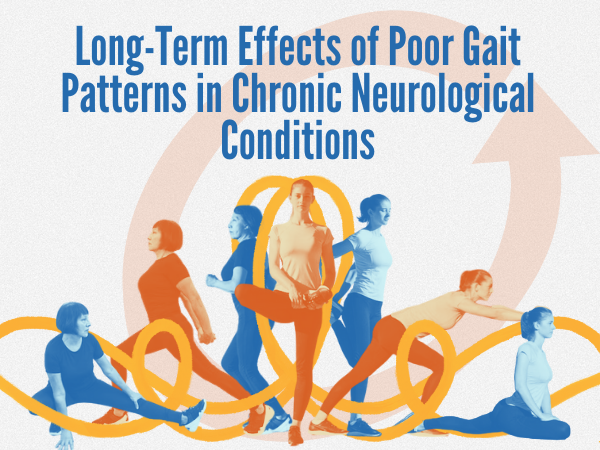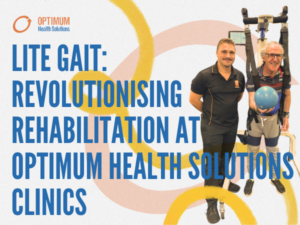Gait patterns, the manner in which individuals walk, are essential for maintaining mobility and independence. However, gait disruptions are common in chronic neurological conditions, leading to various consequences. These conditions, such as Parkinson’s disease, multiple sclerosis, stroke, and cerebral palsy, affect neural pathways, resulting in muscle weakness, reduced mobility, and increased energy expenditure. In this article, we will explore the long-term effects of poor gait patterns on chronic neurological conditions and present strategies to mitigate these effects, ultimately improving overall quality of life.
The Link Between Gait Pattern and Chronic Neurological Conditions:
Chronic neurological conditions can significantly impact gait patterns due to compromised communication between the brain and muscles responsible for walking. Muscle weakness and imbalance frequently occur, leading to difficulty maintaining stability and coordination. This can increase the risk of falls and result in further injuries. Furthermore, reduced mobility can hinder daily activities, social interactions, and participation in physical exercise, exacerbating the effects of the underlying neurological condition.
Long-Term Musculoskeletal Effects:
The long-term effects of poor gait patterns in chronic neurological conditions extend beyond the neurological system and impact the musculoskeletal system. Individuals may experience muscle weakness and atrophy as certain muscles are underutilised and others are overworked, leading to imbalances. Such imbalances can cause muscle tightening and shortening, resulting in contractures restricting joint movement, causing pain and impairing mobility.
Poor gait patterns can also place excessive stress on certain joints, such as the hips, knees, and ankles, leading to joint degeneration and conditions like osteoarthritis. Spinal misalignments can develop due to abnormal gait, leading to postural deviations, chronic back pain, and reduced flexibility. The instability caused by gait disturbances can lead to falls, increasing the risk of musculoskeletal injuries such as fractures. Prolonged abnormal gait can also affect the feet alignment, resulting in deformities like flat feet, claw toes, or bunions.
Minimising Long-Term Effects:
Minimising the long-term effects of poor gait patterns in chronic neurological conditions requires a comprehensive and proactive approach:
- Physiotherapy and Rehabilitation: Targeted physiotherapy and rehabilitation programs are essential for strengthening muscles, improving balance, and promoting better coordination.
- Assistive Devices: Utilizing assistive devices such as canes, walkers, or orthotics can provide vital support during walking, reducing the risk of falls and enhancing stability.
- Gait Training: Gait training focuses on restoring normal patterns and proper walking techniques. Working with trained professionals helps individuals improve their stride length, posture, and rhythm.
- Regular Exercise: Engaging in regular low-impact exercises, such as swimming and cycling, helps maintain overall strength and flexibility.
- Medication Management: For certain chronic neurological conditions, medications can help manage symptoms, alleviating gait disturbances.
- Lifestyle Modifications: Adopting a healthy lifestyle, including proper nutrition, sufficient sleep, and stress management, positively impacts neurological and musculoskeletal health.
- Fall Prevention Strategies: Implementing fall prevention strategies, such as removing hazards at home and improving lighting, reduces the risk of musculoskeletal injuries due to gait disturbances.
Poor gait patterns in chronic neurological conditions have profound and lasting effects on neurological and musculoskeletal systems. Common long-term consequences include muscle weakness, joint degeneration, spinal misalignments, balance issues, and foot deformities. Individuals can minimise the impact on their overall well-being by adopting a multidisciplinary approach that includes physiotherapy, gait training, exercise physiology, assistive devices, and medication management. Early intervention and ongoing management are crucial in enhancing gait patterns and promoting a fulfilling life despite the challenges of chronic neurological conditions. Prioritising proactive strategies to address gait disturbances will improve mobility, independence, and overall quality of life for individuals with chronic neurological conditions.
About The Author:
Moustafa Elafifi is a physiotherapist who works out of the Optimum Health Solutions Liverpool and Campbelltown clinics.














